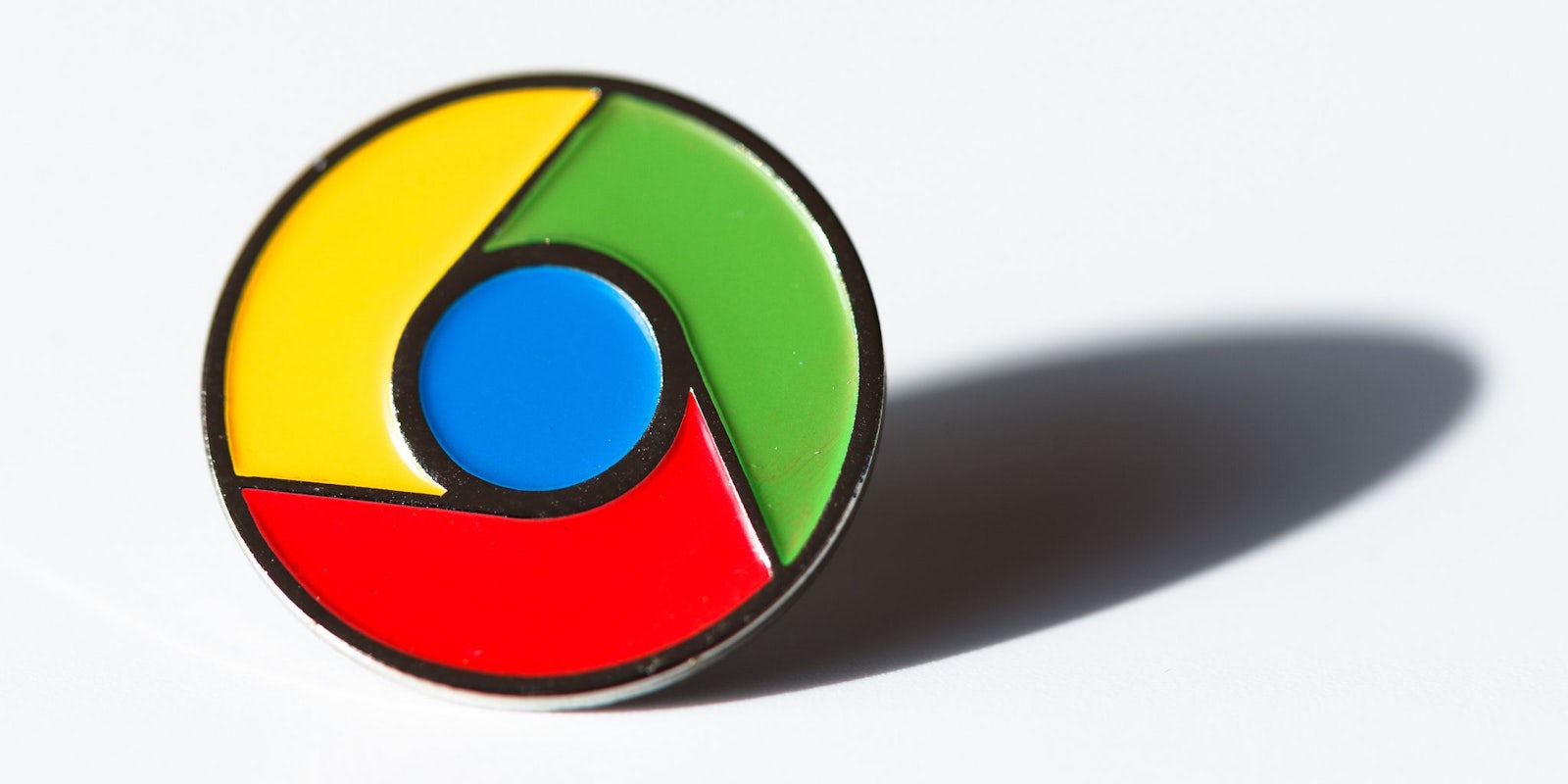For years, browsing the web with Google Chrome felt like driving a car with a wheel clamp on it. On Thursday, Google finally addressed the resource-hogging problem in Chrome’s most recent release.
Building on Chrome’s existing “continue where you left off” feature—which automatically re-opens the same pages you were viewing when you quit—the browser now restores tabs from most to least recently viewed to get your most important tabs open right away.
Chrome will also detect if your computer is running low on resources (which it probably is, because Chrome is open) and stop automatically restoring tabs if it’s eating away at precious memory. You can still perform that process manually if you don’t mind your computer’s fan sounding like a jet engine.
Even more exciting is the other new memory-saving feature: when a website is open but isn’t performing a task, Chrome will reroute the energy that would be used to keep that tab active to clean up old and unused memory. According to Google, the process reduces website memory by 10 percent on average and up to 25 percent on more complex pages like Gmail.
These changes, combined with an update released earlier this year that automatically pauses superfluous Adobe Flash content, should help save battery power and keep Chrome running smoother for longer.
If you haven’t updated your Chrome yet, do it now. You’ll no longer have to pretend that Chrome overheating your laptop is actually a feature designed to keep your lap warm.
Photo via Stephen Shankland/Flickr (CC BY SA 2.0)
